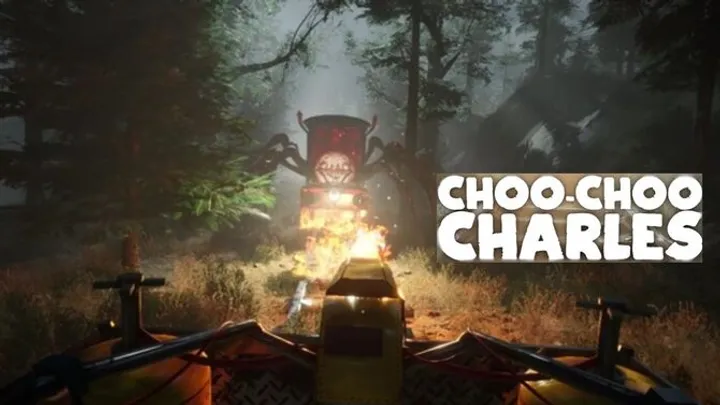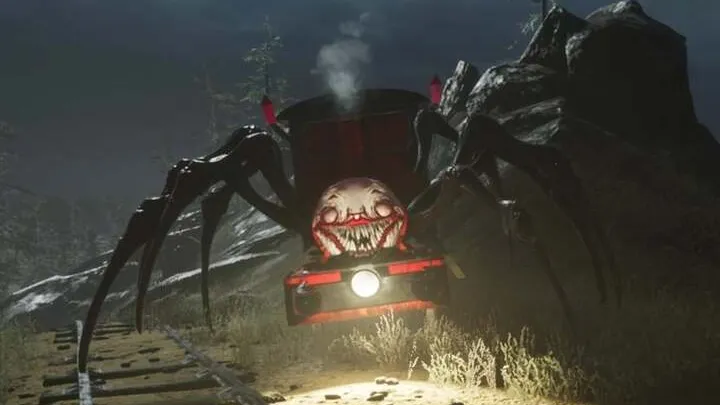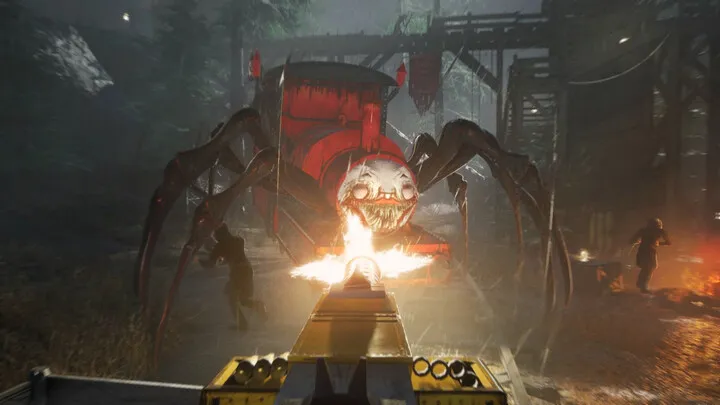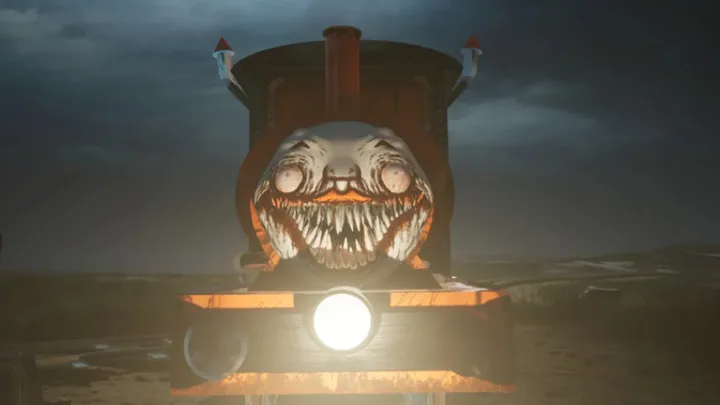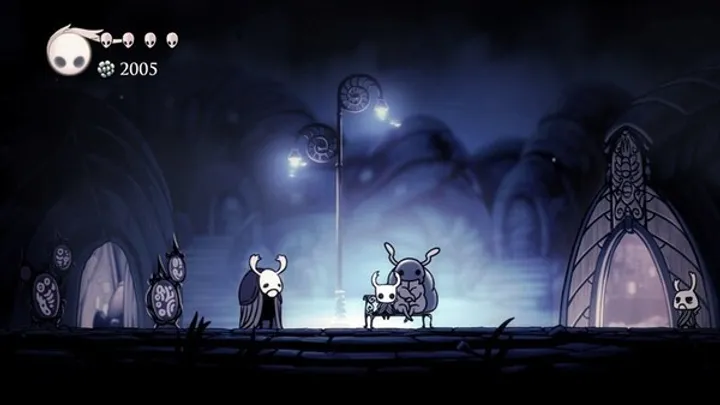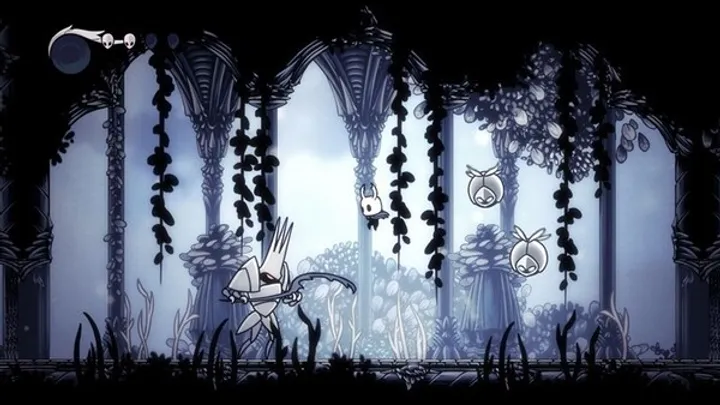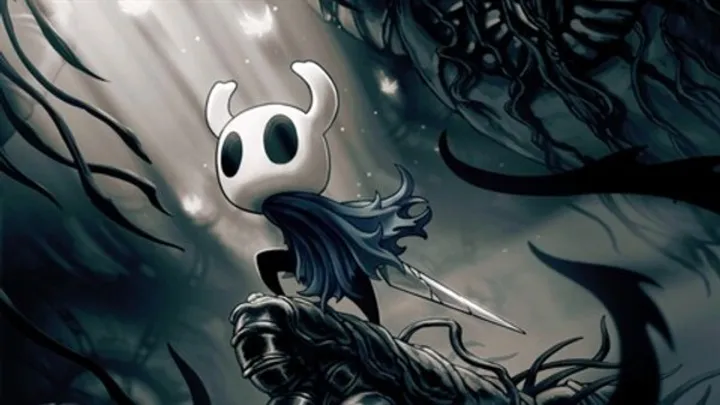In the ever-growing world of indie games, Dredge has emerged as a masterpiece that quietly redefines what psychological horror can be. On the surface, it’s a simple fishing game set against calm waters and distant islands. But beneath its tranquil aesthetic lies something much darker—a story about obsession, corruption, and the cost of curiosity. What makes Dredge truly fascinating is not just its eerie atmosphere, but how it struggles—and succeeds—in balancing two conflicting experiences: the serenity of exploration and the tension of cosmic dread. This article dives deep into this delicate balance, exploring how Dredge turns fishing into a psychological descent.
1. The Calm Before the Haunting
When players first start Dredge, the tone is disarmingly peaceful. You’re a fisherman in a small boat, tasked with providing catches for the nearby island towns. The sun shines softly, waves roll gently, and time seems forgiving. It feels like a cozy life simulator—until the fog rolls in.
This tonal contrast is intentional. The developers at Black Salt Games designed the early hours to lull players into comfort before subtly unsettling them. The calm is not just a mood; it’s a tool for tension. The more relaxed you become, the more vulnerable you feel when the horror surfaces.
In essence, Dredge weaponizes tranquility.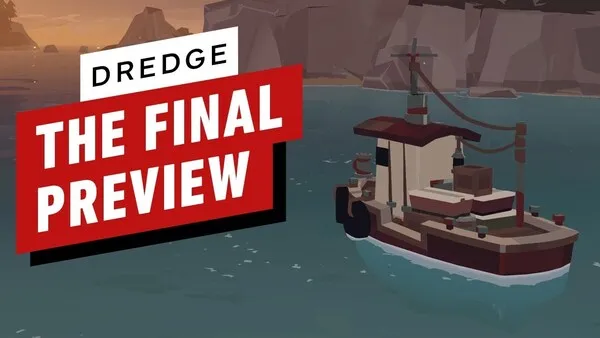
2. The Shift: When the Sea Starts Watching Back
As night falls, the ocean transforms. The fog thickens, the compass spins, and hallucinations begin. Shapes appear in the water—some real, some imagined. Fish grow unnatural mutations, and whispers echo in the darkness.
This shift from day to night symbolizes the collapse of sanity, a key mechanic that defines Dredge’s identity. The player’s “panic” meter grows as time passes, making it harder to distinguish reality from delusion. What starts as a fishing expedition becomes a survival experience.
The genius here lies in how Dredge never uses cheap scares. The horror emerges through atmosphere, uncertainty, and implication. You’re not running from monsters—you’re confronting your own curiosity and fear of the unknown.
3. The Design Philosophy Behind Fear
Black Salt Games approached fear not as a jump-scare device, but as a psychological progression. Each new discovery—whether it’s a grotesque fish or a forbidden relic—taps into the same primal question: “What if I go just a little deeper?”
This mirrors the mindset of addiction and obsession. The player, much like the protagonist, becomes consumed by the need to uncover secrets, even when those secrets are dangerous.
The minimalist art style and muted sound design emphasize this emotion. The creaking of wood, the faint hum of waves, and the distant call of something beneath the surface build dread without ever showing a single monster.
4. Fishing as a Metaphor for Madness
At its core, Dredge is a fishing game. But every catch you make is a reflection of your moral descent. The act of fishing—calm, repetitive, meditative—becomes a ritual that hides its own horror.
Over time, mutated fish begin replacing normal ones. Tentacles, eyes, and unnatural growths emerge from once-familiar species. Selling them brings profit, but also moral decay.
The game subtly asks: how much of your sanity are you willing to trade for knowledge or success?
The three layers of symbolic fishing
- Surface Fishing – Represents daily survival and normalcy.
- Deep Sea Fishing – Symbolizes risk-taking and curiosity.
- Abyssal Fishing – Embodies obsession and the loss of control.
Each deeper layer mirrors the player’s psychological state, turning gameplay progression into a narrative descent.
5. The Role of Isolation and Environment
One of Dredge’s most haunting aspects is its world design. The islands are sparsely populated, each harboring secrets and tragedy. Townsfolk speak in hushed tones, their eyes avoiding yours. The sea itself becomes a character—vast, unknowable, and quietly hostile.
Isolation is the fuel of Dredge’s dread. You are never entirely safe, even in the harbor. The developers carefully balanced freedom and fear, allowing exploration to feel liberating by day but claustrophobic by night.
The use of lighting, distance fog, and limited visibility makes every journey feel uncertain. The world doesn’t need to chase you—you’re already trapped by your own mind.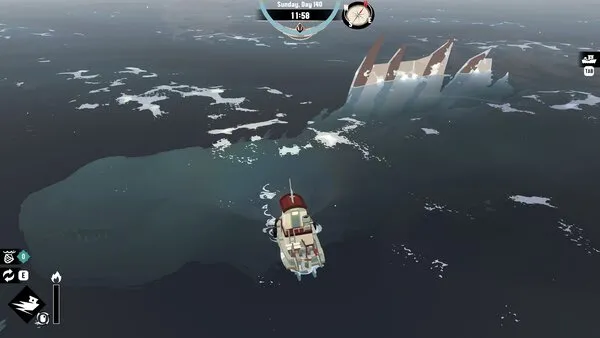
6. The Conflict Between Progression and Corruption
Every RPG needs progression, but in Dredge, progress is a double-edged sword. Upgrading your boat allows you to venture farther into the abyss, but every advancement also leads you closer to insanity.
You gain speed, equipment, and new abilities—but you also encounter more monstrous creatures and forbidden relics. The game subtly critiques the player’s desire for progress at any cost.
This mirrors the real-world theme of exploitation: how humanity pushes deeper into nature for profit or discovery, ignoring the dangers that lurk beneath the surface.
7. The Lore Beneath the Surface
While Dredge never fully explains its mysteries, fragments of lore suggest an ancient Lovecraftian influence. The relics you collect hint at a cult-like reverence for sea gods, and the ocean’s distortions suggest that something massive and unknowable stirs below.
This ambiguity is essential. By refusing to explain everything, Dredge keeps its horror psychological. Players project their own fears onto the unknown, making the experience uniquely personal.
There’s also a sense of cosmic irony—the protagonist seeks truth, yet the closer they get, the less they understand. Knowledge doesn’t liberate in Dredge; it corrupts.
8. The Mechanics of Fear: Day-Night and Sanity
Dredge’s most brilliant mechanic is its real-time day-night cycle combined with the sanity system. By day, fishing feels peaceful and rewarding. By night, paranoia sets in.
Panic manifests through visual distortions, hallucinations, and hostile sea creatures. But unlike most survival games, panic isn’t purely punishment—it’s temptation. Some of the rarest fish and artifacts only appear under madness-inducing conditions.
This creates a tension between safety and reward. The game constantly whispers: “Go further. Stay out just a little longer.” And that whisper is often your undoing.
9. The Psychological Reading: Guilt, Grief, and Control
At its emotional core, Dredge is a story about guilt and loss. The protagonist’s motives are intentionally vague, but the surrounding world implies a cycle of tragedy—shipwrecks, missing sailors, and voices from the deep.
Fishing becomes an act of control in a world that resists understanding. Each successful catch feels like a small victory against chaos, yet every journey further into the fog reminds you that control is an illusion.
Players interpret Dredge differently. Some see it as a commentary on capitalism’s exploitation of nature. Others see a metaphor for mental illness—the descent into obsession and isolation. The beauty of Dredge is that both interpretations are true.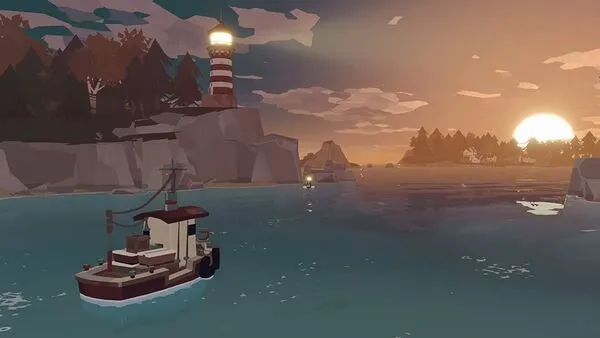
10. Conclusion: The Abyss Stares Back
In Dredge, the horror isn’t about monsters or death—it’s about what happens when curiosity outweighs caution. The player becomes both the explorer and the victim, drawn deeper into a sea that reflects their own subconscious fears.
The game’s brilliance lies in its restraint. By balancing the cozy aesthetics of fishing with the suffocating dread of the unknown, Dredge achieves something few horror games manage: emotional unease through environmental storytelling.
Ultimately, Dredge reminds us that some mysteries are better left beneath the surface. Yet, like all curious souls, we can’t resist casting the line one more time—hoping for treasure, fearing what bites back.








